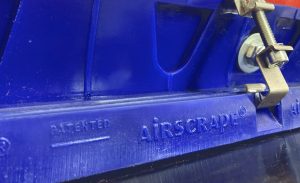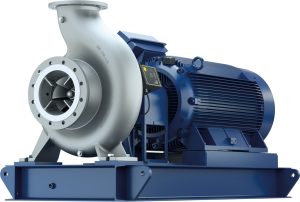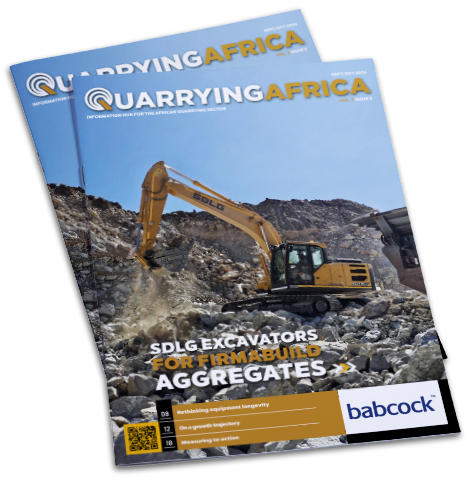Surface mining association, ASPASA, has published a best practice and training guideline to help its members manage risks associated with instability and movement of tips and stockpiles at operations, reports Quarrying Africa.
Commenting on common risks from tips and tipping, ASPASA director Nico Pienaar tells Quarrying Africa that incidents can occur for various reasons when dumping, mainly unsafe tip head conditions, unsafe dumping practices, or a combination of the two.
“Paddock dumping, dumping short and pushing off are the preferred options for all tips. This is because these methods generally eliminate the hazard of trucks driving off an edge or the edge collapsing due to increased weight from trucks. Under carefully managed circumstances end-tipping can be done safely,” explains Pienaar.
Paddock dumping is where loads are dumped close to each other and, if another layer is to be built on top, the surface is levelled and prepared for the next lift using a mobile plant. Dump short and push off is where loads are dumped and pushed off a tip edge. End-tipping entails the dumping of loads down a free face and the load slides down requiring regular maintenance and re-building of windrows.
The removal of material from the toe of a stockpile can have a significant effect on the stability of the edge. In the case of loose, free-flowing material, loading out at the toe may have little impact because the material tends to slide back to its angle of repose.
Once material has become tightly packed from vehicles on the stockpile, or from sitting for a period of time and settling in, the area where material is loaded out will generally stand at a steeper angle. Material standing at about 35 degrees when dumped over the edge can typically stand at 45 degrees once loaded out. In some cases, such as when material has been sitting for a long time, the material may stand even steeper or may even stand in an overhanging condition. With these steepened conditions, there is less slope material to support loadings on the stockpile, and a sudden failure could occur.
“Mobile plant operators should be trained to continuously trim the face so it does not overhang and collapse. Faces should be worked in a straight line so that wings do not develop and create a crescent face which can be self-supporting in the short term,” explains Pienaar.
Barriers should be installed to restrict access to the top of the tip above the area which is being loaded out. The purpose of the barriers is to isolate the potentially dangerous edge (which could be undercut) from drivers and to eliminate material being dumped on to the loader.
It is critically important to examine a tip head for unsafe conditions on a regular and ongoing basis. Tip head conditions can change due to new material being dumped, the effects of equipment near the tip head, weather conditions, or even just the settling-in of material with the passage of time. In stockpiles, a big factor affecting the tip head condition is the loading-out of material from the toe of the pile.
At a minimum, tip heads should be visually inspected by a competent person prior to work commencing, at least once during each working shift, and more often if necessary for safety. A written record should be made of each inspection.
Learn more about this subject in the May-June edition of Quarrying Africa.
![It is critically important to examine a tip head for unsafe conditions on a regular and ongoing basis. [Pic courtesy of Afrimat]](https://quarryingafrica.com/wp-content/uploads/2022/06/AFRIMAT-Kliprug_Resized-scaled.jpg)




